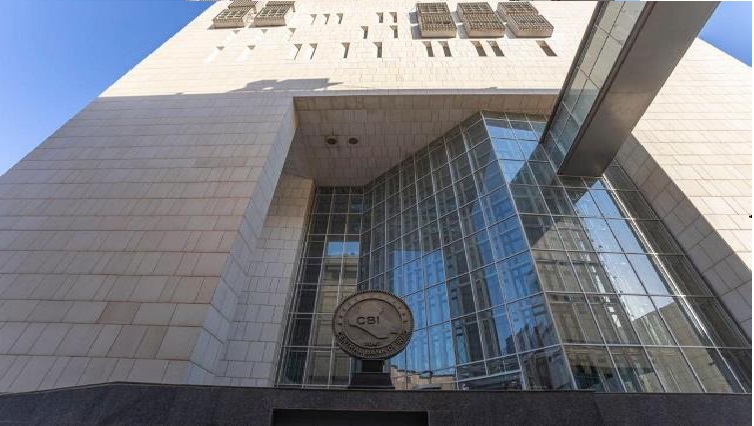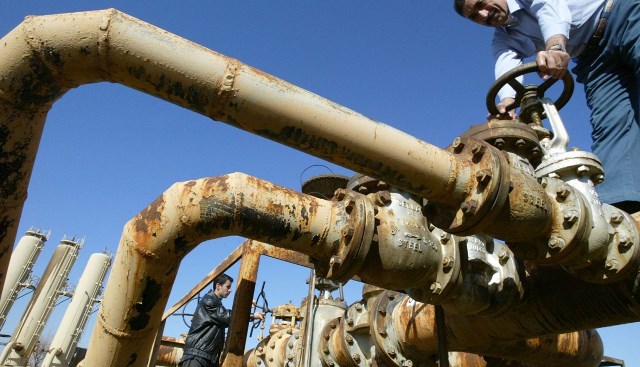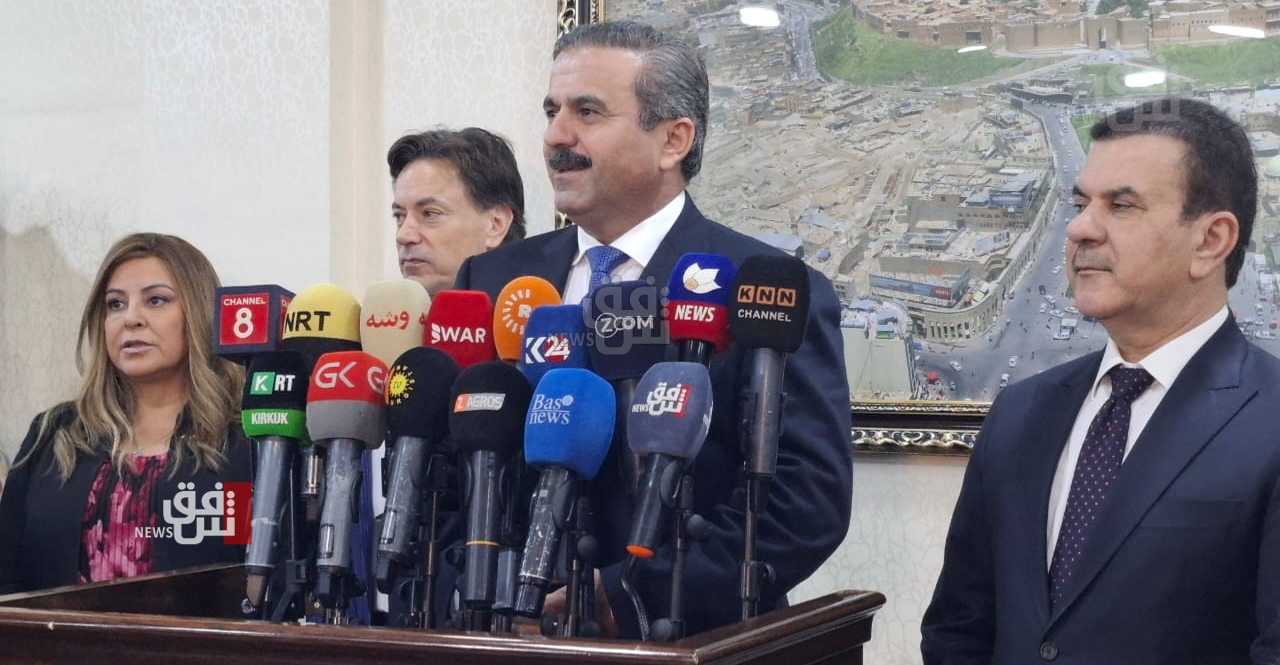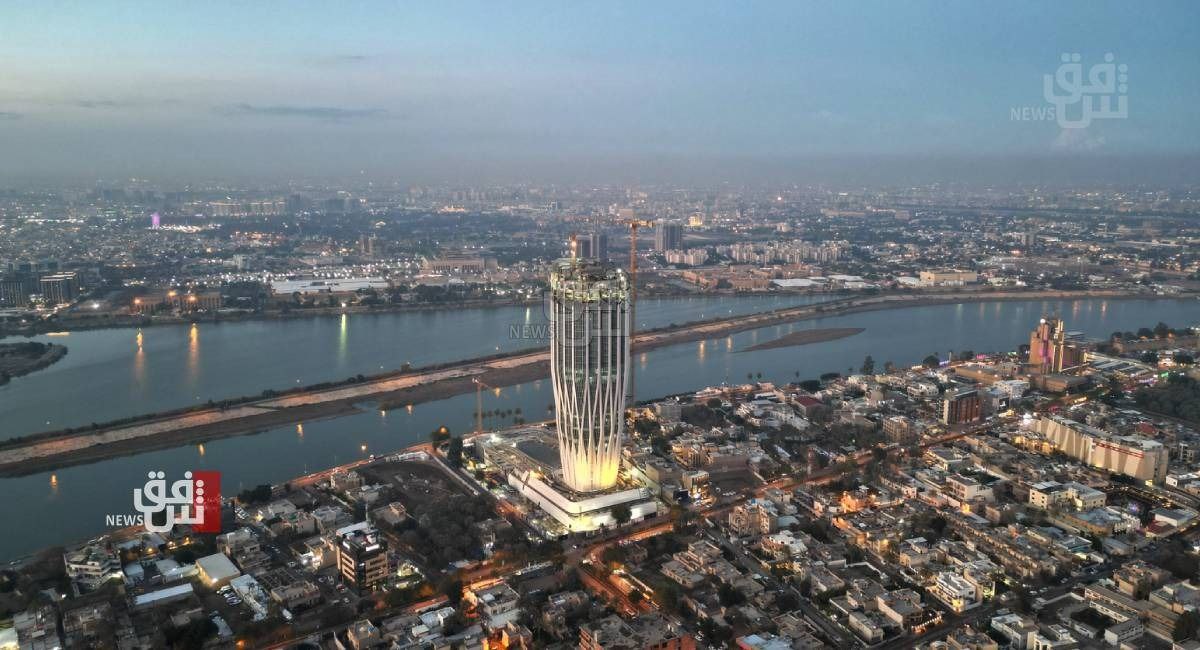Complex geological terrain hamper production in Iraq's largest oil field
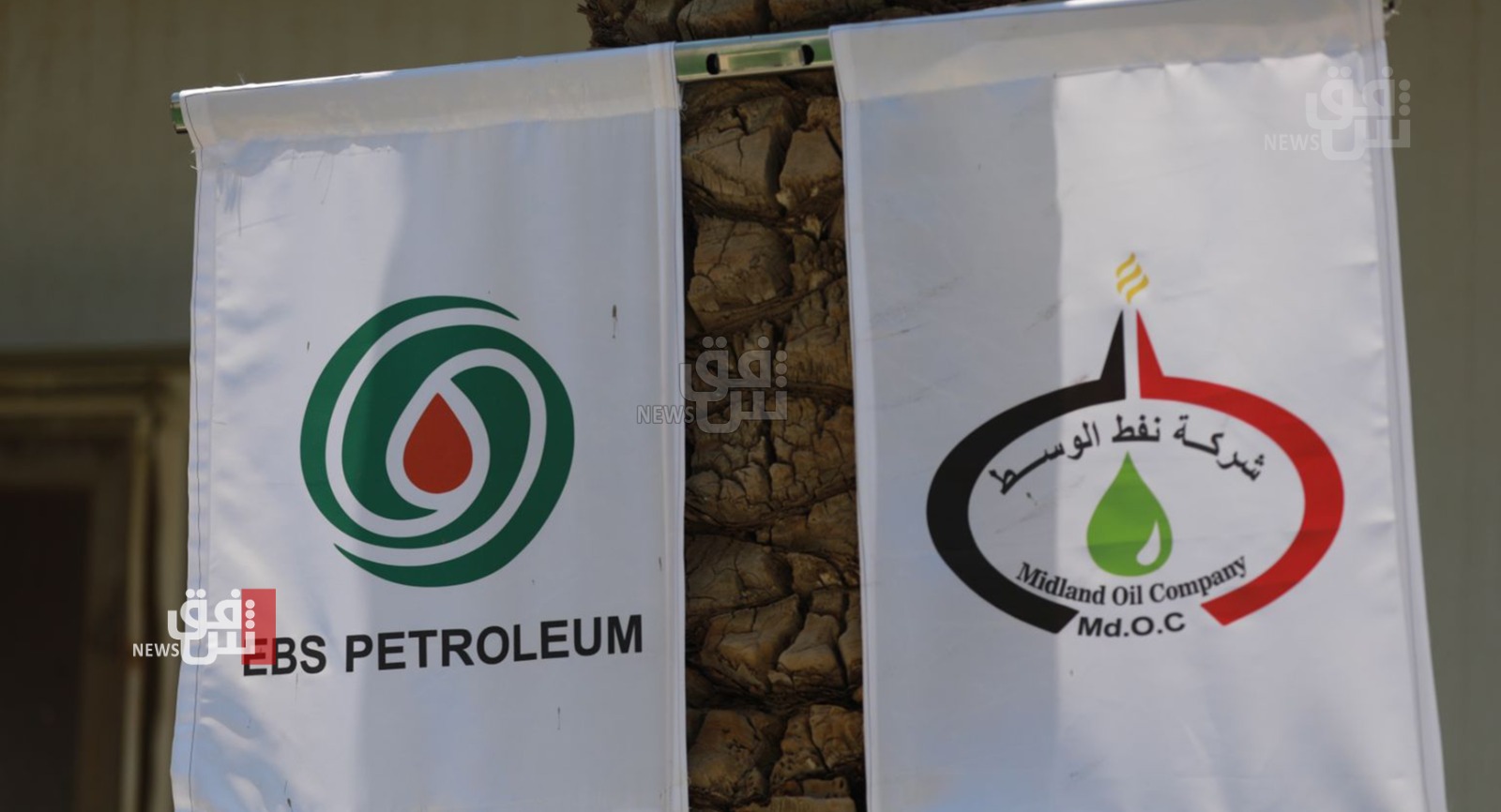
Shafaq News / Despite vast oil reserves estimated at 8 billion barrels, the largest and longest oil field in Iraq faces challenges in production, capped at 30,000 barrels per day. The field's complex geological features, presence of residential and informal settlements, and heavy crude oil type deterred international companies from investing in it for a considerable period.
During the 2009-2010 licensing rounds for development and investment, no global companies submitted bids due to its proximity to residential areas. Consequently, the Ministry of Oil decided to develop the field using national resources. In 2018, Iraq signed a contract with the Chinese company EBS for the development of the East Baghdad field.
Firas Nazim, head of the Joint Management, stated in an interview with Shafaq News, "the East Baghdad field is situated in central Iraq, spanning from Diyala in the north of Baghdad to areas in Wasit, covering over 120 km in length and 15 km in width." He also noted that the company operates in the southern part of the field, extending approximately 55 km from Diyala towards the Suwaira region, with a width of around 12 km. The initial production rate in the field is 30,000 barrels per day, supplying electricity to the Quds power station and the Daura refinery.
Nazim added that the field has produced around 28 million barrels since it started production five years ago. There are ambitious plans to increase production from 30,000 to 80,000 barrels per day over the next decade, utilizing advanced production and horizontal drilling techniques.
On the development challenges, Vice General Manager of EBS Wen Dong Wei noted, "Initially, we faced difficulties in field development due to technological constraints, local obstacles, and the presence of nearby populations and historical artifacts." He acknowledged support from the Ministry of Oil and the Iraqi Oil Company in addressing land acquisition. Utilizing new technology, EBS aims to develop the field with its significant 8 billion barrels of reserves. He concluded, "By 2025, we expect to reach production of 80,000 barrels per day, and we have full confidence in the field's development."


